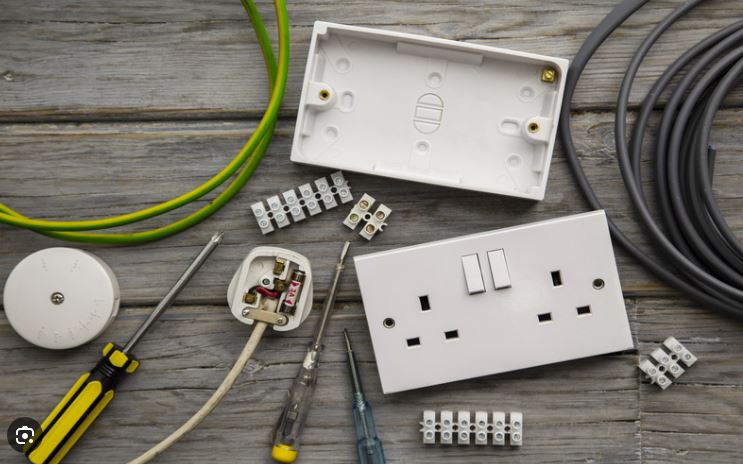
Your home’s electrical outlets and switches are crucial for powering your appliances and lighting. Over time, they may wear out or become outdated, potentially posing hazards if not addressed. In this guide, we’ll cover how to identify common electrical hazards, safely replace outlets or switches, and know when it’s time to seek professional assistance.
IDENTIFYING POTENTIAL HAZARDS:
Functional Test: Check each outlet and switch to ensure they are functioning correctly. Look out for flickering lights, loose outlets, or switches that feel hot to the touch.
Listen for Warning Signs: Buzzing or crackling sounds when using an outlet or switch may indicate an underlying issue.
Visual Inspection: Regularly inspect outlets and switches for signs of wear, damage or discoloration.
Consider Age and Usage: Older homes or areas with high electrical usage may be more prone to hazards. Upgrade if necessary to modern, safer options.
CHANGING OUTLETS OR SWITCHES SAFELY:
Safety First: Before beginning any work, turn off the power to the outlet or switch at the circuit breaker. Use a voltage tester to confirm that the power is off.
Remove the Cover Plate: Unscrew the cover plate from the outlet or switch and set it aside.
Disconnect Wires: Loosen the terminal screws and carefully remove the wires from the old outlet or switch. Take note of their positions or label them for easy reconnection.
Replace the Outlet or Switch: Install the new outlet or switch, connecting the wires in the same configuration as before. Tighten the terminal screws securely.
Attach the Cover Plate: once the outlet or switch is installed, reattach the cover plate using the screws provided.
Restore Power and Test: Turn the power back on at the circuit breaker and test the new outlet or switch to ensure its working correctly.
When to Call a Professional:
Complex Wiring Issues: If you encounter complex wiring configurations or are unsure about the electrical setup, seek help from a qualified electrician, like the electrical team at BAC Group.
Safety Concerns: If you notice any signs of electrical hazards such as sparks, smoke, or burning smells, immediately turn off the power and contact a professional.
Building Code Compliance: For major electrical upgrades or renovations, consult with a professional to ensure compliance with local building codes and safety standards.
Replacing electrical outlets or switches can be a manageable DIY task with proper precautions and knowledge. However, safety should always be the top priority. If you encounter any doubts or safety concerns, don’t hesitate to seek assistance from a qualified electrician at BAC Group by calling us at 292-0881.
By addressing potential hazards and performing replacements correctly, you can maintain a safe and functional electrical system in your home.

